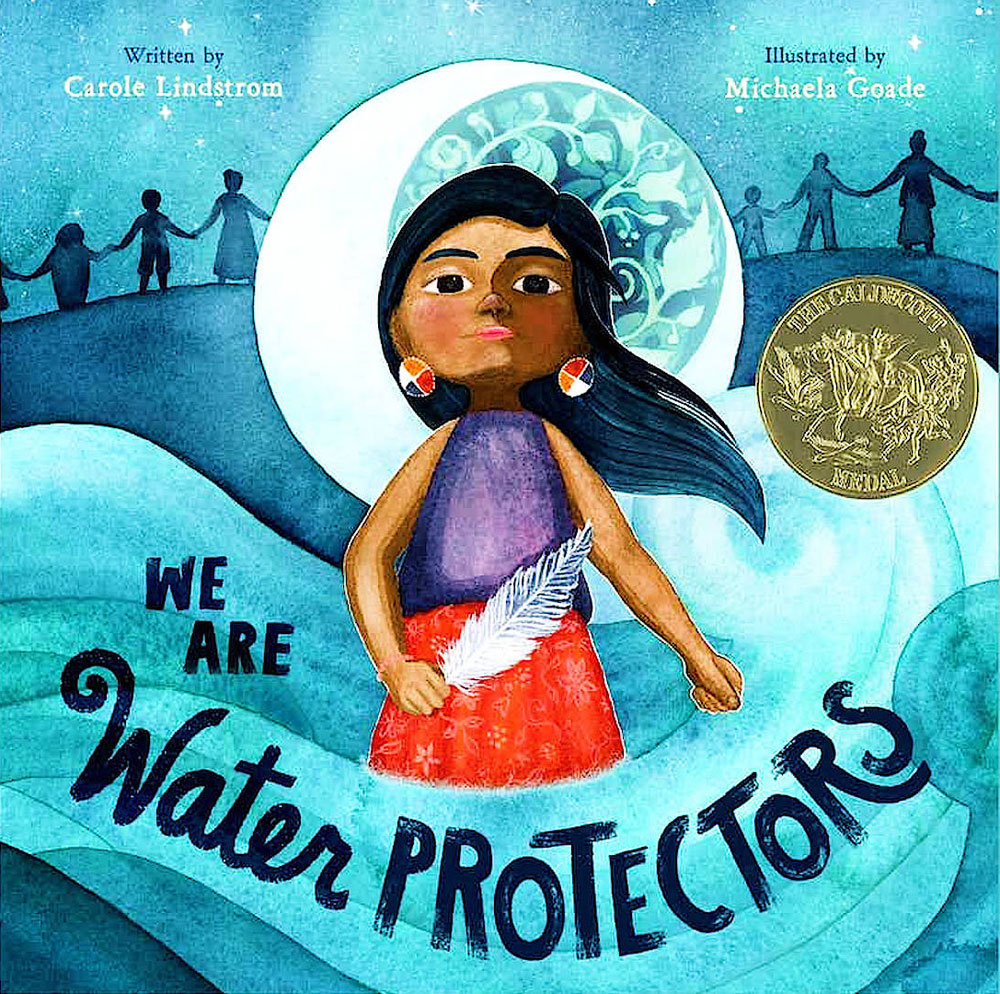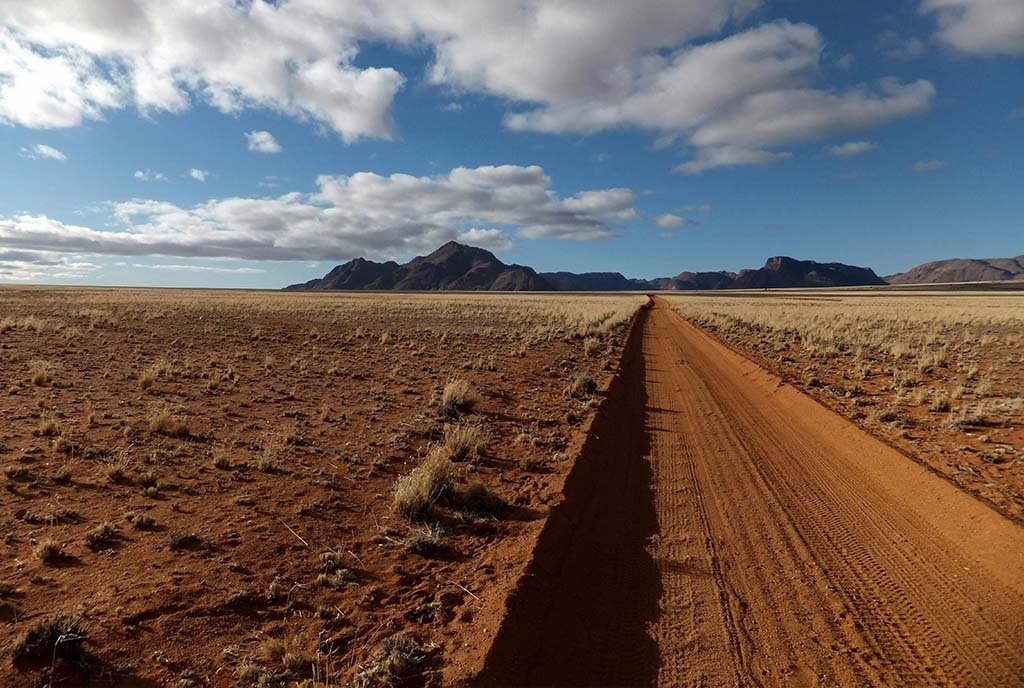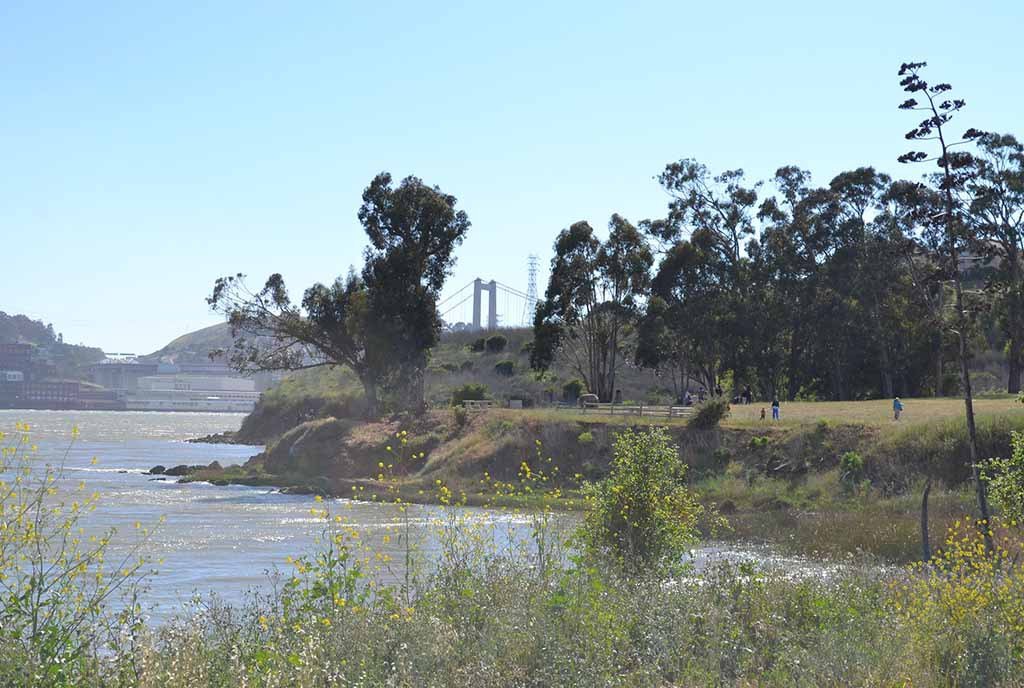
Article updated on October 2, 2023.
“We stand | With our songs | And our drums. | We are still here!”
—We Are Water Protectors
This year, the finalists for the Caldecott Medal, one of children’s literature’s highest awards, were packed with impressive examples of books. The award, bestowed annually since 1938 by the American Library Association’s Children’s & School Librarians sections, is given to the artist of the most distinguished picture book for children published in the US during the preceding year. The award is named after influential 19th century British illustrator Randolph Caldecott.
This year’s finalists addressed some of the most poignant issues of our time—racialized police violence, the war in Syria, Black identity, and the outdoors as a space for contemplation. The winning medal, however, went to illustrator Michaela Goade for her work in depicting Native people and the struggle for climate justice in a powerful positive light in literature. Goade is the first Native American to ever win this prize. The book was authored by Carole Lindstrom, who is a citizen of the Turtle Mountain Band of Chippewa. Goade is a member of the Kiks.ádi Clan of Sitka and the Tlingit and Haida Indian Tribes of Alaska. The two worked closely together as a team.
Their book, We Are Water Protectors, tells the story of a young Ojibwe girl who fights with her community against an oil pipeline construction project threatening her people’s land and water. Lindstrom was inspired by the involvement of indigenous people in the protests against plans to build the Dakota Access Pipeline on sacred lands and burial grounds of the Standing Rock Sioux Tribe.
Lindstrom’s original intent was to write a young adult novel based on these events, but she decided that by writing a children’s book, she could have a more immediate impact on the national debate over the pipelines and the environment.
Sign up for our free newsletters
Subscribe to NPQ's newsletters to have our top stories delivered directly to your inbox.
By signing up, you agree to our privacy policy and terms of use, and to receive messages from NPQ and our partners.
That national debate continues. One of President Joe Biden’s executive orders in his first few days in office was to rescind the construction permit for the Keystone XL oil pipeline, and Indigenous leaders have urged him to take immediate steps to also shut down the Dakota Access pipeline once and for all. Last week, a three-judge panel of the US District Court of Appeals in Washington DC agreed with a lower court ruling that the Dakota Access Pipeline (DAPL) requires a full environmental review before continuing operations but stopped short of shutting down the pipeline.
On January 19, leaders from Standing Rock, Cheyenne River, Oglala Lakota Nation, and Yankton Sioux sent Biden a letter urging him to take action to protect the Missouri River from oil exploration on Sioux lands. In it, they write:
The Tribes rely upon the waters of Lake Oahe for fishing, hunting, and gathering, for homes, hospitals, clinics, schools, businesses, and government buildings throughout their Reservations, for agriculture (both farming and grazing), for drinking water, and for industrial purposes. The waters of the Missouri are also sacred to the Tribes and are central to their members’ cultural and spiritual practices.
Lindstrom told Indian Country Today that as a child she felt frustrated by how Indigenous people were depicted in books. “I just remember being so torn and not understanding why this book that I loved so much could talk about me so badly, as a savage and as a wild Indian,” she says. The solution was becoming an author and telling her own stories.
For both Lindstrom and Goade, portraying the Ojibwe people in a positive, accurate way was of great importance. They collaborated on the research and artistic design of the book, including the images of floral clothing, ribbon skirts, and beadwork representative of the Ojibwe culture.
In addition, the story creates a native hero for Native children and an issue—water and the environment—that all children can relate to. As Goade said in an interview for Raven Radio, “Just growing up in Southeast Alaska, being Tlingit, people of the tides—water is a way of life here, and it is our life here in so many different ways, so that core theme really resonated.”
The awarding of this Caldecott Medal to We Are Water Protectors is more than just a citation for brilliant illustration. It elevates the talents of Native American women in the arts. It targets environmental issues of water and pollution that impact all peoples. It offers a means for young people (very young people) to become activists and to see real depictions of Native American heroes and read about people who might not look like them. Brava!











